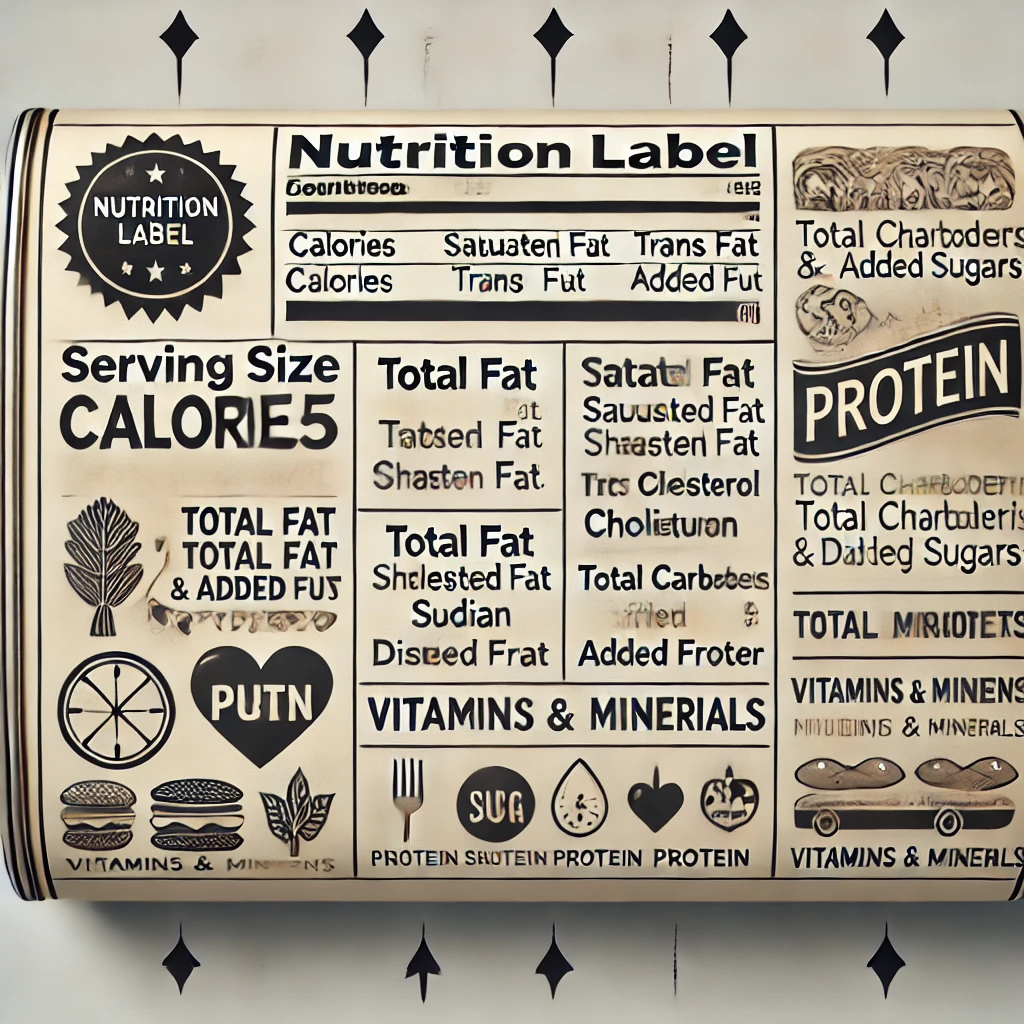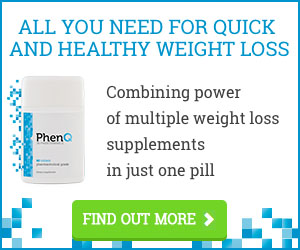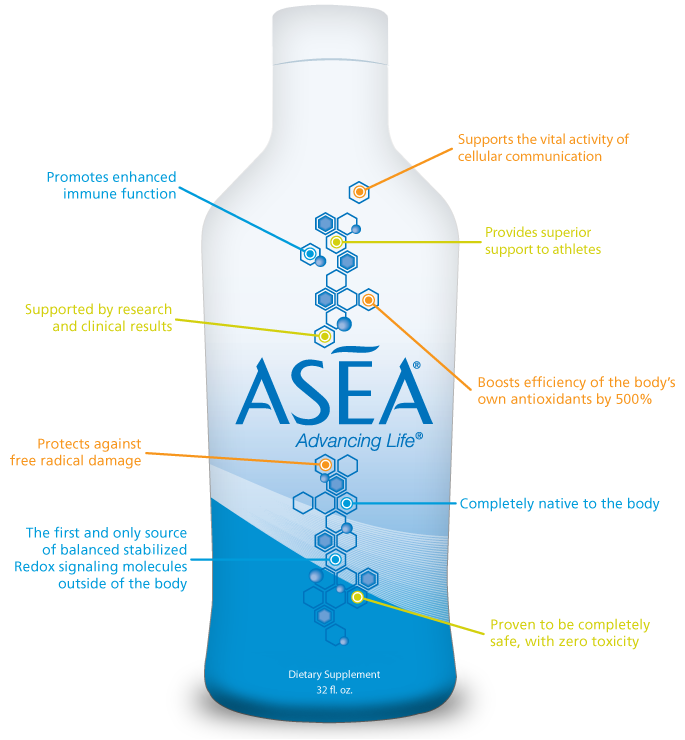The Ultimate Guide to Understanding Nutrition Labels
In today’s health-conscious world, many people are eager to make better food choices to support their overall well-being. However, navigating the complex information on nutrition labels can be overwhelming. With various numbers, percentages, and technical terms, it’s easy to feel lost in the sea of information. Understanding nutrition labels is crucial for making informed decisions about what you eat, helping you choose foods that align with your health goals. In this comprehensive guide, we’ll break down the components of a nutrition label, explain what to look for, and provide tips on how to make healthier choices.
1. What Is a Nutrition Label?
A nutrition label, commonly found on packaged foods, provides detailed information about the nutritional content of a product. This information is regulated by food authorities, such as the Food and Drug Administration (FDA) in the United States, to help consumers make informed choices. Nutrition labels typically include information about serving size, calories, macronutrients, micronutrients, and other important dietary components.
2. Key Components of a Nutrition Label
To fully understand a nutrition label, it’s important to know what each component represents. Here’s a breakdown of the key sections you’ll find on most nutrition labels:
A. Serving Size and Servings Per Container
Why It’s Important: The serving size is the amount of food that the nutrition information is based on. The number of servings per container tells you how many servings are in the entire package.
What to Look For: Always check the serving size first. If you eat more or less than the serving size listed, you’ll need to adjust the nutritional values accordingly. For example, if a serving size is 1 cup and you eat 2 cups, you’ll need to double the calories and nutrients.
B. Calories
Why It’s Important: Calories indicate the amount of energy you get from a serving of the food. This is crucial for managing your weight and energy balance.
What to Look For: Pay attention to the number of calories per serving. High-calorie foods can add up quickly, especially if the serving size is small or you eat multiple servings.
C. Macronutrients
Why They’re Important: Macronutrients include carbohydrates, proteins, and fats, which are essential for providing energy and supporting bodily functions.
- Carbohydrates: Include sugars, starches, and fiber. They are the body’s main source of energy.
- Proteins: Important for building and repairing tissues, as well as producing enzymes and hormones.
- Fats: Necessary for energy storage, cell structure, and hormone production. They are divided into saturated fats, trans fats, and unsaturated fats.
What to Look For:
- Carbohydrates: Look for foods with complex carbohydrates (like whole grains) and dietary fiber, which provide sustained energy and promote digestive health.
- Proteins: Check the protein content if you’re looking to increase muscle mass, support recovery, or maintain a balanced diet.
- Fats: Aim for foods with lower amounts of saturated fats and trans fats. Instead, choose those with healthy unsaturated fats (like avocados, nuts, and olive oil).
D. Sugars and Added Sugars
Why It’s Important: Sugars are naturally present in many foods, but added sugars are those added during processing. Consuming too much added sugar can lead to weight gain, diabetes, and other health issues.
What to Look For: Focus on limiting added sugars. The American Heart Association recommends no more than 24 grams (6 teaspoons) of added sugar per day for women and 36 grams (9 teaspoons) for men.
E. Dietary Fiber
Why It’s Important: Fiber is a type of carbohydrate that the body can’t digest. It helps regulate the body’s use of sugars, helps keep hunger in check, and promotes digestive health.
What to Look For: Look for foods high in dietary fiber (3 grams or more per serving). High-fiber diets are linked to a lower risk of heart disease, type 2 diabetes, and certain cancers.
F. Sodium
Why It’s Important: Sodium is an essential mineral, but too much can lead to high blood pressure and increase the risk of heart disease and stroke.
What to Look For: The FDA recommends consuming less than 2,300 milligrams of sodium per day. Be cautious of packaged and processed foods, which often have high sodium content.
G. Micronutrients
Why They’re Important: Micronutrients include vitamins and minerals, which are crucial for various bodily functions, from immune support to bone health.
- Vitamin D, Calcium, Iron, and Potassium: These are often highlighted because many people don’t get enough of them. Each plays a vital role in maintaining health.
What to Look For: Ensure the foods you choose provide a good source of these essential nutrients, especially if you’re at risk of deficiencies.
3. Understanding the % Daily Value (%DV)
Why It’s Important: The % Daily Value (%DV) shows how much a nutrient in a serving of food contributes to a daily diet. These values are based on a 2,000-calorie diet, which is a general reference for nutrition advice.
What to Look For:
- 5% DV or less: This is considered low for a nutrient.
- 20% DV or more: This is considered high for a nutrient.
Use %DV to gauge if a food is high or low in a nutrient. For example, if you’re trying to reduce sodium intake, choose foods with a lower %DV for sodium.
4. Additional Components to Be Aware Of
Apart from the basic nutritional information, some labels might include other components that can influence your food choices:
A. Ingredients List
Why It’s Important: The ingredients list provides insight into what’s actually in the food you’re eating. Ingredients are listed in order of quantity, from highest to lowest.
What to Look For: Avoid products with long lists of unrecognizable or artificial ingredients. Look for foods with whole, natural ingredients at the top of the list.
B. Allergens
Why It’s Important: Common allergens such as milk, eggs, peanuts, tree nuts, soy, wheat, fish, and shellfish must be listed on food labels in the U.S.
What to Look For: If you have food allergies or intolerances, always check the allergen information to avoid any potential reactions.
5. How to Use Nutrition Labels to Make Healthier Choices
Now that you understand the components of a nutrition label, here are some practical tips on how to use this information to make healthier food choices:
A. Compare Products
Use nutrition labels to compare similar products. For example, when choosing between two types of cereal, compare the fiber, sugar, and sodium content to choose the healthier option.
B. Focus on Nutrient Density
Choose foods that provide more nutrients (vitamins, minerals, fiber) for fewer calories. These are often whole, unprocessed foods like fruits, vegetables, lean proteins, and whole grains.
C. Limit Added Sugars and Unhealthy Fats
Be mindful of added sugars and unhealthy fats (saturated and trans fats). Opt for products with lower amounts of these to reduce the risk of chronic diseases.
D. Watch Portion Sizes
Be aware of serving sizes and how they relate to your own eating habits. If you tend to eat double the serving size listed, you’ll need to double the nutrient values.
E. Check for Hidden Ingredients
Sometimes, sugars and unhealthy fats are hidden under different names. For example, sugar might be listed as high-fructose corn syrup, dextrose, or sucrose. Fats might be listed as hydrogenated oils. Be vigilant about recognizing these alternative names.
6. Common Misconceptions About Nutrition Labels
Understanding nutrition labels can be challenging, and there are some common misconceptions that can lead to confusion:
A. “Low Fat” or “Fat-Free” Means Healthier
Not necessarily. “Low fat” or “fat-free” products often contain added sugars or other additives to compensate for the taste. Always check the entire nutrition label to ensure it’s a healthier choice overall.
B. “Natural” or “Organic” Means It’s Good for You
While “organic” refers to how food is produced and can indicate fewer pesticides and additives, it doesn’t always mean the food is healthy. Similarly, “natural” is not a regulated term and doesn’t guarantee a nutritious product.
C. Only Check the Calories
Focusing only on calories can lead to overlooking important nutrients. A food may be low in calories but also low in nutrients, making it less beneficial for your overall health.
7. Practical Examples of Reading Nutrition Labels
Let’s go through a couple of practical examples to illustrate how to read and understand nutrition labels effectively:
Example 1: Choosing a Breakfast Cereal
When selecting a breakfast cereal, look for the following on the nutrition label:
- Serving Size: Make sure the serving size matches how much you actually eat.
- Calories: Consider how this fits into your daily calorie needs.
- Fiber: Aim for a cereal with at least 3 grams of fiber per serving.
- Added Sugars: Choose a cereal with less than 6 grams of added sugars per serving.
- Whole Grains: Check the ingredients list for whole grains listed as the first ingredient.
Example 2: Choosing a Yogurt
For yogurt, focus on these components:
- Serving Size: Compare the serving size to what you typically consume to ensure accurate understanding of calorie and nutrient content.
- Calories: Check the calories per serving, especially if you’re watching your caloric intake.
- Protein: Look for a yogurt with a good amount of protein, especially if you’re using it as a snack or meal replacement. Greek yogurt, for example, often has higher protein content.
- Added Sugars: Yogurt can contain a lot of added sugars, especially flavored varieties. Aim for yogurts with less than 10 grams of added sugar per serving, or choose plain yogurt and add your own fresh fruit.
- Fat: Depending on your dietary needs, choose between low-fat or full-fat options. Full-fat yogurts may be more satisfying and can be part of a balanced diet, especially when they contain fewer added sugars.
8. Tips for Making Healthier Choices When Shopping
Armed with your newfound knowledge about nutrition labels, here are some additional tips for making healthier choices when shopping:
A. Plan Ahead
Before heading to the store, make a list of what you need. Planning your meals and snacks in advance can help you avoid impulse buys and ensure you’re picking nutrient-dense foods.
B. Shop the Perimeter
Most grocery stores are designed with fresh produce, meats, dairy, and whole grains on the perimeter. Focus on these areas for the majority of your shopping to find fresh, whole foods.
C. Be Skeptical of Marketing Claims
Terms like “all-natural,” “gluten-free,” “low-fat,” and “made with whole grains” are often used as marketing tools and do not necessarily indicate that a product is healthy. Always check the nutrition label and ingredients list to make an informed decision.
D. Avoid Processed Foods
Whenever possible, choose whole, unprocessed foods. Processed foods often contain high levels of sodium, sugars, and unhealthy fats. If you do buy processed foods, look for those with the fewest ingredients and recognizable items.
E. Read Labels Thoroughly
Take the time to read the nutrition labels and ingredients list of products, even if you’re familiar with them. Manufacturers can change recipes, and what was once a healthy choice might not be anymore.
9. Understanding Labels for Special Dietary Needs
If you have specific dietary needs, such as food allergies, sensitivities, or a medical condition, it’s crucial to understand nutrition labels thoroughly. Here’s how:
A. Gluten-Free
For those with celiac disease or gluten sensitivity, it’s essential to find products labeled as “gluten-free.” The FDA requires foods labeled as gluten-free to contain less than 20 parts per million (ppm) of gluten, which is generally safe for those with celiac disease.
B. Low-Sodium
If you need to follow a low-sodium diet, look for products labeled “low-sodium,” which must contain 140 mg of sodium or less per serving. Also, check the %DV for sodium to ensure it fits within your daily limit.
C. Diabetes-Friendly
For those managing diabetes, focus on the total carbohydrate content and the type of carbohydrates. Look for foods high in fiber and low in added sugars. Understanding how to balance carbohydrate intake with medications and physical activity is crucial.
D. Heart-Healthy
To maintain heart health, focus on foods low in saturated and trans fats, added sugars, and sodium. Look for products that are high in fiber, particularly soluble fiber, which can help lower cholesterol.
10. Staying Informed and Updated
Understanding nutrition labels is an ongoing process. Food labeling regulations and health recommendations can change, so staying informed is key to making the best choices for your health:
A. Follow Reputable Sources
Stay updated with information from reputable sources like the FDA, USDA, American Heart Association, and other professional organizations that provide evidence-based guidance on nutrition and health.
B. Consult Health Professionals
If you have specific health concerns or dietary needs, consult a registered dietitian or healthcare professional. They can provide personalized advice and help you interpret nutrition labels in the context of your health goals.
C. Use Technology
There are many apps and online tools available that can help you understand nutrition labels and track your nutrient intake. These tools can provide additional insights into your diet and help you make informed choices.
Conclusion
Understanding nutrition labels is an empowering tool for making healthier food choices. By learning how to read and interpret the information provided, you can take control of your diet and support your overall health goals. Remember, the best approach is to focus on whole, unprocessed foods and be mindful of portion sizes, added sugars, and unhealthy fats. Armed with this knowledge, you’re now better equipped to navigate the grocery store and choose foods that nourish your body and support your well-being.
Taking the time to understand what’s on your plate is a valuable step toward a healthier lifestyle. With practice, reading nutrition labels will become second nature, helping you make choices that align with your health objectives and dietary preferences. Happy shopping!













Recent Comments